Optimal Timing for Concrete Installations
Concrete installations are sensitive to weather conditions, making timing crucial for optimal results. Proper planning ensures durability, minimizes cracking, and reduces the need for repairs. The ideal period for concrete work typically depends on climate and seasonal temperatures.
Spring offers moderate temperatures and lower humidity, ideal for concrete curing. It allows for a longer working window before summer heat sets in.
Summer can be suitable if temperatures are carefully managed. Early morning or late evening pours help prevent rapid drying and cracking.
Fall provides cooler temperatures and less rain, making it a good time for concrete projects before winter.
Winter is generally unsuitable for concrete installations due to freezing temperatures that hinder curing and increase cracking risk.

Ways to make Concrete Installations work in tight or awkward layouts.

Popular materials for Concrete Installations and why they hold up over time.

Simple add-ons that improve Concrete Installations without blowing the budget.
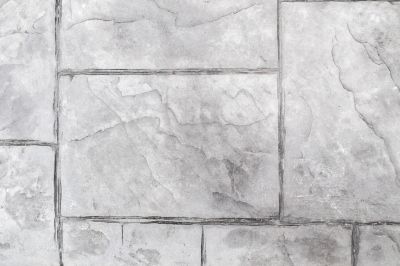
High-end options that actually feel worth it for Concrete Installations.
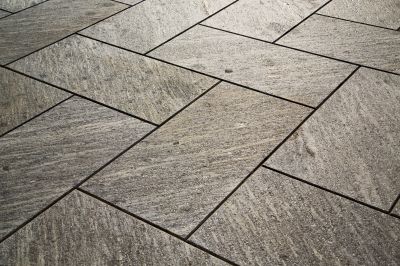
Finishes and colors that play nicely with Concrete Installations.
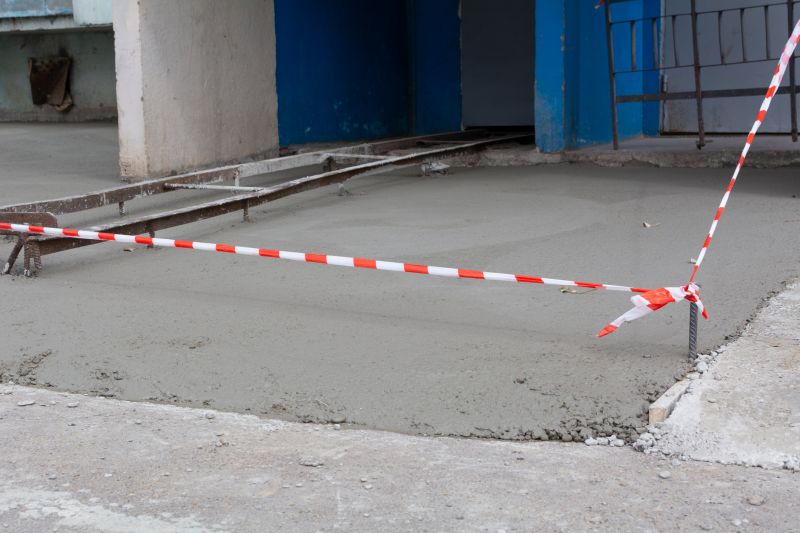
Little measurements that prevent headaches on Concrete Installations day.
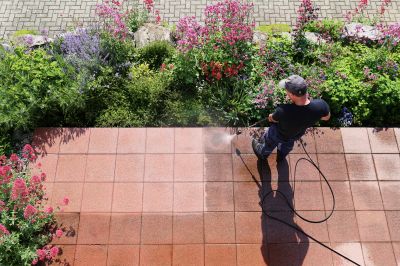
A 60-second routine that keeps Concrete Installations looking new.

A frequent mistake in Concrete Installations and how to dodge it.
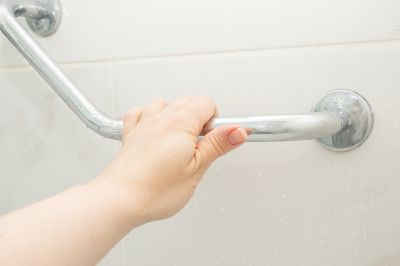
Small tweaks to make Concrete Installations safer and easier to use.
| Season | Optimal Conditions |
|---|---|
| Spring | Moderate temperatures, low humidity, ideal for curing. |
| Summer | Warm temperatures, early morning or late evening work recommended. |
| Fall | Cooler temperatures, less rain, suitable for outdoor installation. |
| Winter | Freezing temperatures, generally unsuitable without special measures. |
| Climate Impact | Local climate dictates specific timing considerations. |
Concrete installations involve precise mixing, pouring, and curing processes to ensure long-lasting results. Proper timing allows concrete to achieve maximum strength and minimizes defects such as cracking or uneven setting. Seasonal adjustments, including the use of additives or heating techniques, can mitigate weather-related challenges.
Statistics show that concrete reaches about 70% of its strength within the first seven days and continues to cure over the following weeks. Proper timing and environmental control are critical to achieving optimal durability and performance. Planning concrete work during suitable weather conditions reduces the risk of costly repairs and extends the lifespan of the installation.
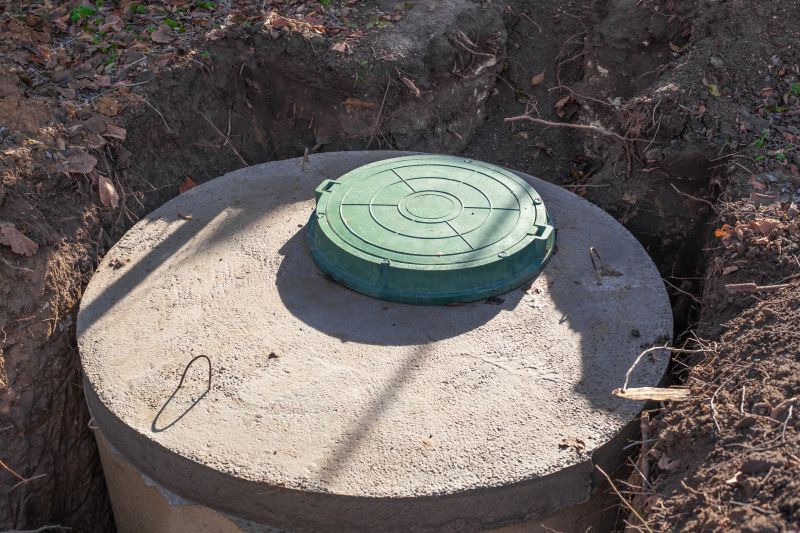
Lower-waste or water-saving choices for Concrete Installations.
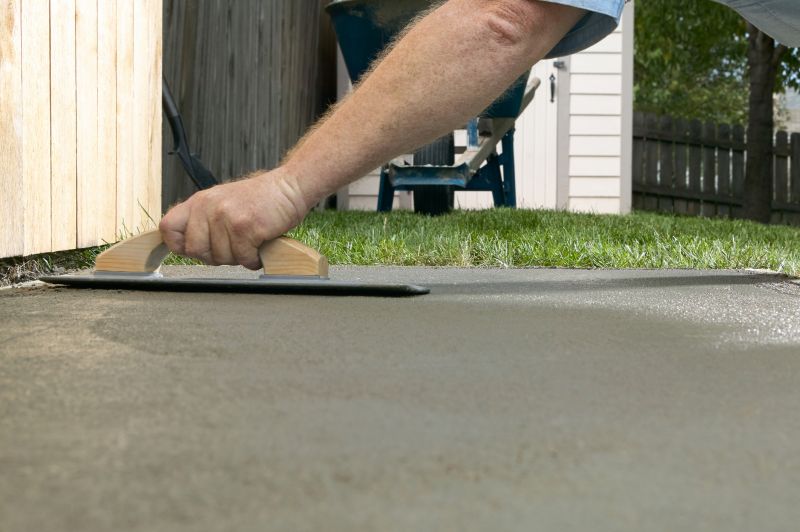
The short, realistic tool list for quality Concrete Installations.

Rough timing from prep to clean-up for Concrete Installations.
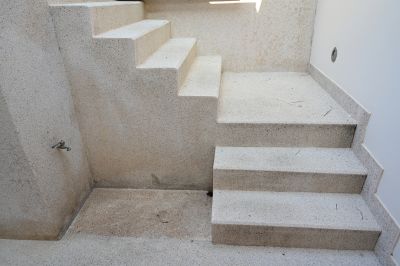
Quick checks and paperwork to keep after Concrete Installations.
Interested parties are encouraged to contact for further information on scheduling concrete installations. Proper timing and preparation can lead to successful, durable results tailored to specific project needs.
